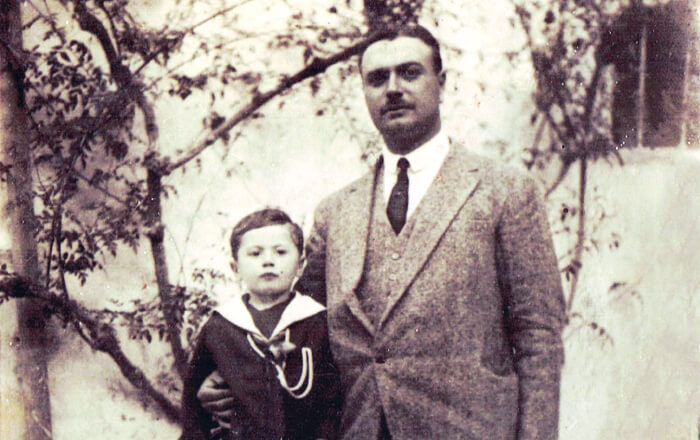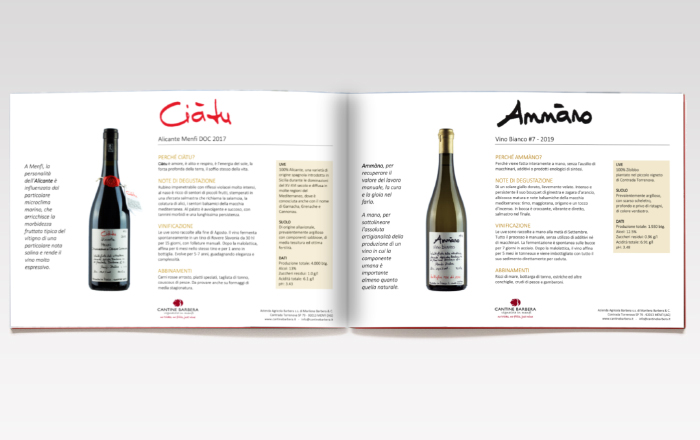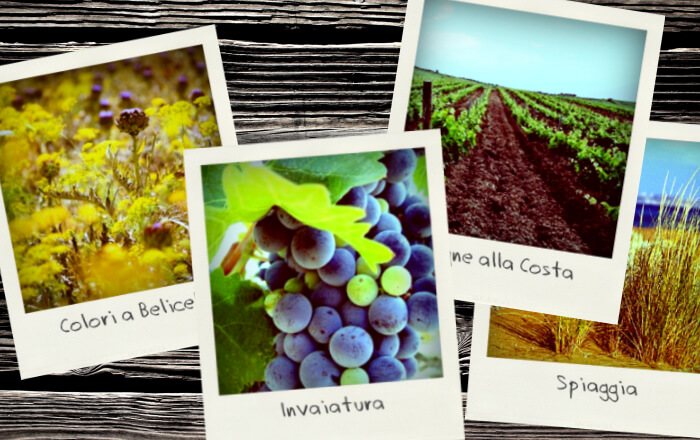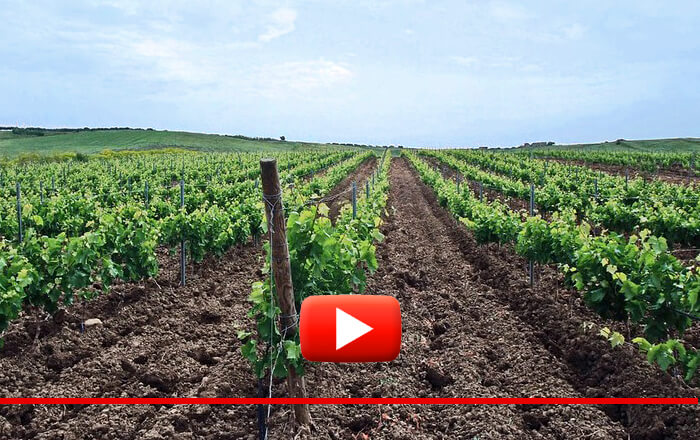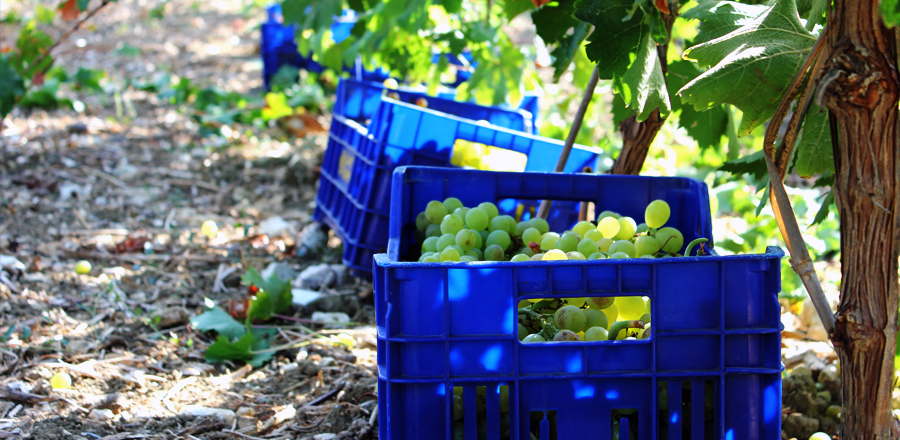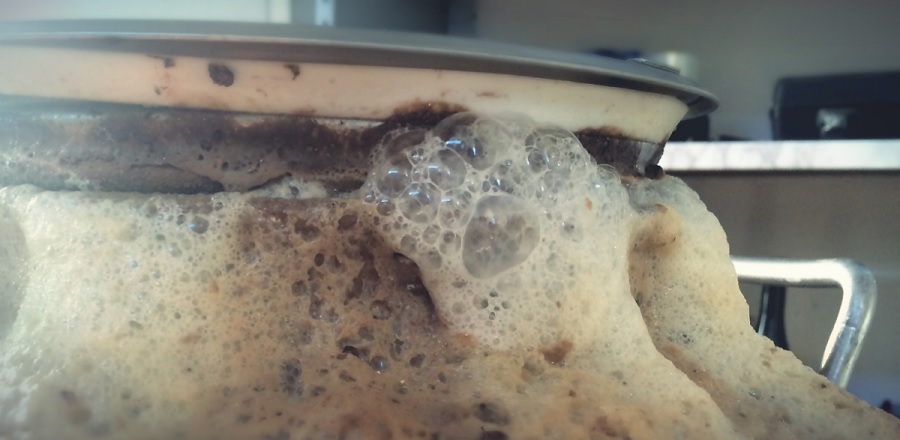
From a marketing point of view, packaging plays a fundamental role in the perceived value of wine, and marketers spend a lot of efforts in the design of bottles and labels
As described by many researchers in the field of neuro-ergonomics, the application of neuroscience to ergonomics, people tend to think that a wine packed in a tall, dark and heavy bottle tastes much better than the same wine bottled in a lighter one.
It is a fact that wineries have increased the weight of their packaging materials in the past years, using heavier bottles for their top wines and/or for limited issues, with the purpose of attracting consumers and pushing the sales of a special product line.
However, this choice is barely sustainable: several studies conducted by the University of Siena (see here and here for articles in Italian) show that the carbon footprint of an empty wine bottle almost equals its weight, the production of one ounce of bare glass resulting in about the same quantity of CO₂ emissions into Earth’s atmosphere.
Furthermore, the heavier is the bottle, the higher the consumption of gasoline needed for transportation, which converts in even more emissions.
Where is the solution?
From my personal point of view, it is difficult to get rid of glass, as it is the best material for wine bottling: it is inert, meaning that it does not interfere with wine’s chemical or physical composition even in the long term; it is easy to sanitize, and it is reusable and recyclable to infinity. To reduce its weight - and the consequent emissions - is, on the contrary, a categorical imperative.
My choice for sustainability not only focuses on the wine production processes, but also on the different aspects of the wine business, where distribution is a crucial point.
In 2012 we have reduced the bottle’s weight for our “Classic” range from 21.16 to 15.80 oz., and again in 2016 from 15.80 to 12.70 oz.
We have also started to bottle our wines within the “Crus” range in lighter Bordeaux bottles, dropping their weight from 24.70 to 21 oz. in 2014, and again in 2016 to 16.90 oz.
In 2014 we have started to experiment with a new Burgundy bottle for Ammàno and Ciàtu, then we have used the same container for some of our top range wines that were formerly bottled in heavier glass (Grillo Coste al Vento and Microcosmo Perricone, for example), thus cutting our packaging related emission for those wines by 27% in three years [article updated in december 2020].
>>> Download here the infographic describing
our choices for a sustainable business
The shift was not painless: many restaurant owners, for instance, have criticized my choice, complaining for what they judged a “mortified” corporate image that would diminish the perceived value of their wine list.
But I do believe that the social benefits associated with the cutting of bottles weight are far more desirable than the consequences of what I basically consider an overestimation: when it comes to wine, the time has come to stop looking at the outside and to start caring about the inside of the bottle, where the real value that your money is paying for is located.


